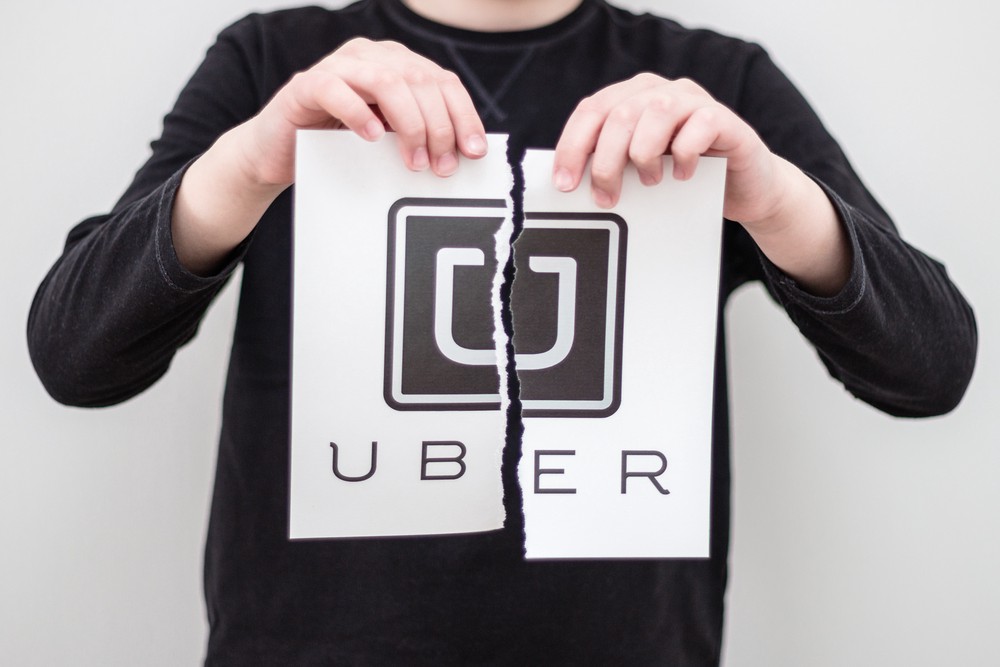If you’re riding in a self-driving car, what are you?
A passenger? A customer? Those all seem like accurate words to use. But can you be called a driver, or an operator? That doesn’t compute. If a car is self-driving, what’s driving the car is … the car.
This question of ontological semantics—maybe better known as, “what do words mean?”—has been eating at me since Uber came out with another typically clumsy, evasive Uber corporate statement in response to a recent fatal accident involving an Uber self-driving car in Tempe, Arizona.
News sources lit up with reports that the Uber technician inside the vehicle that struck and killed Elaine Herzberg was apparently streaming an episode of “The Voice” on her smartphone when she was supposed to be the “human eyes and ears” of the self-driving car. In a 318-page report, the Tempe Police Department described Ms. Herzberg’s death as “entirely avoidable,” adding that the Uber technician could have stopped the self-driving Volvo 43 feet before it struck her.
“We have,” Uber said in a statement to reporters, “a strict policy prohibiting mobile device usage for anyone operating our self-driving vehicles.” Uber added that use of a mobile device by technicians while an autonomous vehicle is moving is a fire-able offense, and "this is emphasized on an ongoing basis.”
Now, it’s not rampant sexual harassment at headquarters, scheming to mislead municipal regulators, allegedly stealing trade secrets from competitors, or having a now-ex-CEO who snarls at front-line workers. But Uber’s response to the Tempe accident seems, like so much of Uber’s communication with the public and the press for years, needlessly clumsy and self-defeating.
From my read, the use of the words “anyone operating our self-driving vehicles” looks like an effort by Uber to evade responsibility and accountability and dump the blame on the “operator.” They can’t be “our self-driving vehicles” if they have someone “operating” them. What makes that especially problematic is that Uber had been asking cities like Tempe, Pittsburgh, San Francisco, and Toronto to let the company turn public ways filled with thousands of citizens into test labs for technology that stands to transform the automobile and transportation industries—with the overwhelming share of the benefits flowing to Uber’s owners.
Sometimes it is fair to blame front-line employees for screw-ups that lead to bad customer service. But when you’re a company using the motoring public and pedestrians as a testbed for technology that stands to make you billions and put millions of taxi, bus, and truck drivers out of business, and which can put people in harm’s way when it fails, your standard of responsibility is much higher. You the company own the technology and all its opportunities, failures, and consequences—not your front-line employees, even when they’re screwing up by watching “The Voice.”
Three other problems here:
1) As of this writing, you can’t find any company statement on Uber.com addressing the Tempe tragedy—just bits and pieces of comments sent out to reporters. That looks and feels like grudgingly dribbling out the bare minimum—not a profile in corporate leadership courage.
2) Uber says it “emphasize(s) on an ongoing basis” that technicians monitoring/riding in their autonomous vehicles can’t use mobile phones while the car is moving—but I haven’t been able to find many details on what that actually means, aside from some references to posters in company offices. If Uber has a standing weekly meeting with technicians and 52 weeks a year has supervisors remind them of the policy and how critically important it is to comply with, or puts a message on their pay stubs every two weeks, or has caught and fired 13 people since 2016 for violating the policy, we should hear those details. They’d make a vague corporate platitude sound actually credible.
3) In multiple stories, the very next sentence of Uber’s statement after the “strict policy” prohibiting mobile device usage is: “We plan to share more on the changes we’ll make to our program soon.” Saying you have a strict policy, but then immediately saying it is going to be changed, kind of shreds your claim it was a strict policy.
One good thing in Uber’s statement: “We continue to cooperate fully with ongoing investigations while conducting our own internal safety review.” As we often tell crisis PR clients at Denterlein, when it comes to investigations by authorities and regulators, your public stance is always that you are cooperating fully—right up until the day you go to court.
Imagine how differently you’d feel about Uber if their statement had been something more like: “We want first of all to continue to express our condolences to Ms. Herzberg’s family and loved ones. All of us at Uber deeply regret that this accident led to her death. We continue to cooperate fully with ongoing investigations while conducting our own internal safety review. We’ve made clear to all our autonomous vehicle testing technicians, in the hiring and onboarding process and in frequent communications like (examples A, B, and C) that they must never use a mobile device while the vehicle is in motion. As part of our internal safety review, we are considering how we may need to strengthen that policy and how we communicate it. We continue to believe autonomous vehicles can make transportation safer, more efficient, and more convenient for people around the world. Uber is committed to doing all we can, in partnership with the cities where we continue to refine this technology, to ensure our testing process is as safe as it can possibly be.”
Overall, especially for the PR on a crisis that’s left someone dead, this once again just feels like far too much quibbling and evasiveness from Uber.
By Peter Howe

